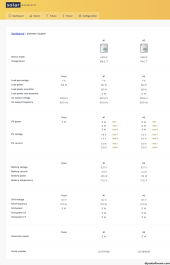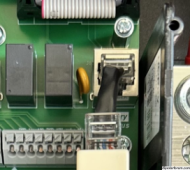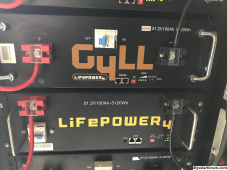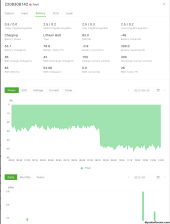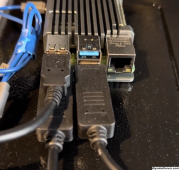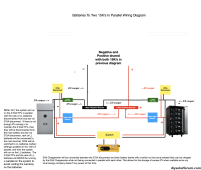Got it.@JaxLax , Solar Assistant (SA) will only run on an ARM processor, I don't know why they won't make it capable of running on X86 or even as a virtual machine, except for the possibility that they want to keep it locked down so everyone has to pay $55 for their software. However, I think they could make it more capable and instead just add a freemium model that you can pay to upgrade to a premium feature set rather than lock us out of the other hardware combinations and still keep it secure with license keys or something.
anyways... Home Assistant (HA) is running as a virtual machine on my Synology which enables me to run a camera system and my complete home automation on a single device. Ideally, I would host SA as another VM, but as aforementioned SA doesn't allow it.
So at a minimum, you need two Pi's, however HA runs much better with stronger hardware than what the Pi offers.
I run the SA on a Pi 4 directly off the 48v from the batteries using a step-down, not sure how long it will last but it's been running like a champ for weeks now. Also, I didn't want any moving parts on the Pi to fail so I have this fanless case that works great.
We have a pi out in a cg1500 in the middle of the yard for christmas lights in this case: Argon One and we haven't had a failure in years now. Oh and the pins are exposed as we use them for an external fan mounted to the box.
Not worried too much about this one, as like yours, it'll be in a insulated garage area with the equipment so fans won't be needed. Probably end up running both off the batteries and just keep them close to one another and a powered ethernet switch for connectivity. Maybe make a small perforated box to keep the kids from touching or going after blinking lights.



